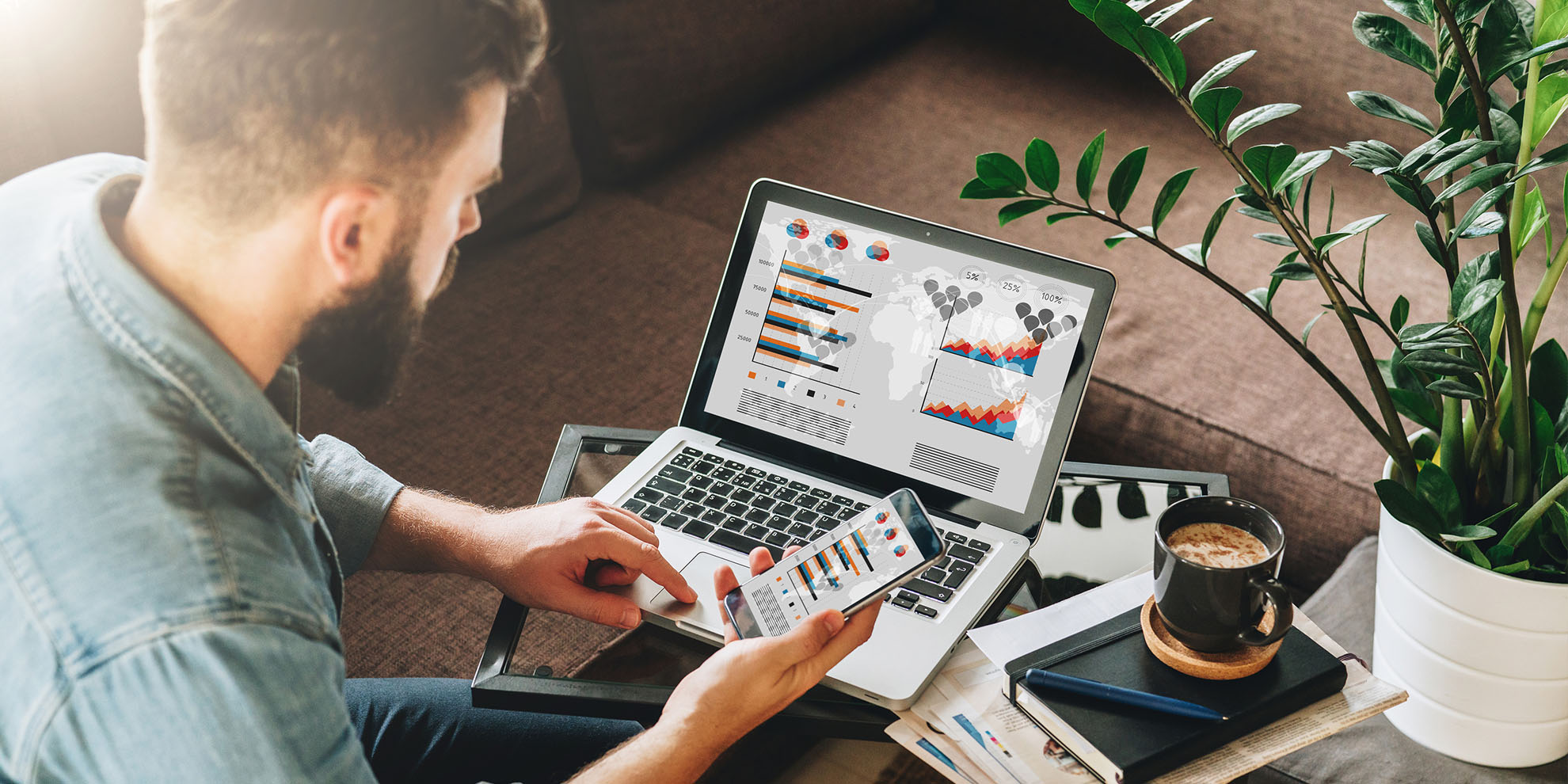This past year, as a result of the worldwide epidemic, digital transformation became a reality for organisations of all sizes.

The future trends you were utilising to drive your digital marketing strategy may already be out of date, while totally new concerns have emerged to capture our attention.
Consumer wants and habits have shifted drastically.
Let’s take a look at what’s trending now, with an eye to where you should prepare to allocate budget in upcoming quarters to stay ahead of your competition.

Table of Contents
Marketers Need to Get Ahead of Consumer Demand
Consumers express their desires, needs, and purpose to companies clearly through search searches and onsite activity.
If your company isn’t set up to listen to, evaluate, and then act on these insights with real-time personalizations, you’re passing on a huge chance to connect and engage.
Put the people, procedures, and technology in place to make the most of your most important consumer data.
Focus on the “Featured Snippet” in Google SERPs
Appearing as high up on relevant Google queries as possible has long been the “Holy Grail” of SEO.
Different SERP results, from the Map Pack to the “Shopping” results to highlighted YouTube videos, have served as vehicles, all while competing with more and more sponsored content as Google has favoured its paying clients.
Customer Segmentation
Customer segmentation is not a new concept, but we anticipate it to reach new heights in 2021.
Big digital corporations, such as Google and Facebook, have so much data on its consumers that they comprehend them better than the human brain ever could.
Manual segmentation is being phased out. The huge digital ad algorithms can micro-segment the perfect audience from 100 or so encounters.
Automated Bidding for Google Ads
Google Ads automated bidding started in 2016, but we anticipate it to take off in 2021.
2020 may be the final year when digital marketers manually fine-tune their Google advertisements for maximum effectiveness. Automated bidding can better adjust and optimise an ad than any human digital marketer.
Shoppable Posts on Social Media
The report by SproutSocial that found 46 per cent of Instagram users purchased one or more goods that were pushed in front of them in a sponsored IG post was one of the top digital marketing stories of 2020.
We anticipate that social networking platforms will grow as a route for eCommerce transactions, with ever-easier integrations allowing consumers to make their purchase without leaving the app.
SEO for Voice Search
Voice search is the next frontier of SEO. More and more users prefer to talk into their search bars instead of type, whether they use voice-activated AI assistants on their desktops or use their smartphones like walkie-talkies.
SEO experts are discovering that voice searches yield different results than text searches. We expect 2021 to kick off a Gold Rush to crack the code of SEO.
SEO for Image Search
Google Lens, Google’s ground-breaking image-recognition AI technology, has shifted search engine marketing away from words and toward images and videos.
The introduction of Google Reverse-Image Search was only the beginning. Users may now use Google to search for photos in a number of settings.
Non-Linear Customer Journeys
Customers want to connect with their businesses holistically as more and more commerce occurs online—sometimes buying, sometimes checking in on social media, sometimes buying quickly, sometimes waiting a week to buy.
We anticipate that 2021 will see a shift away from the linear customer journey, which frog-marches prospects through a guided process of Awareness-Consideration-Decision.
Also Read: Spotify Launches ‘Spotify Greenroom’ For Clubhouse-like Live Audio Rooms, Govt Prying On Clubhouse Rooms And Violating Policies


2 Comments
Comments are closed.